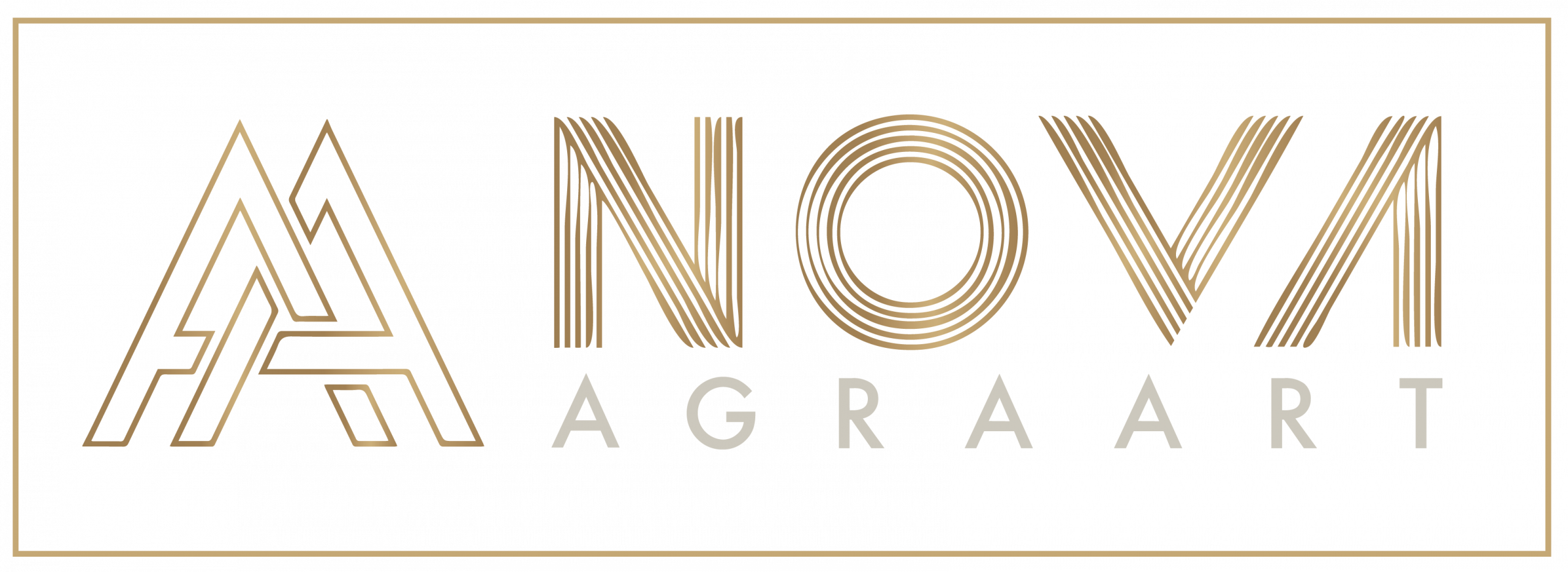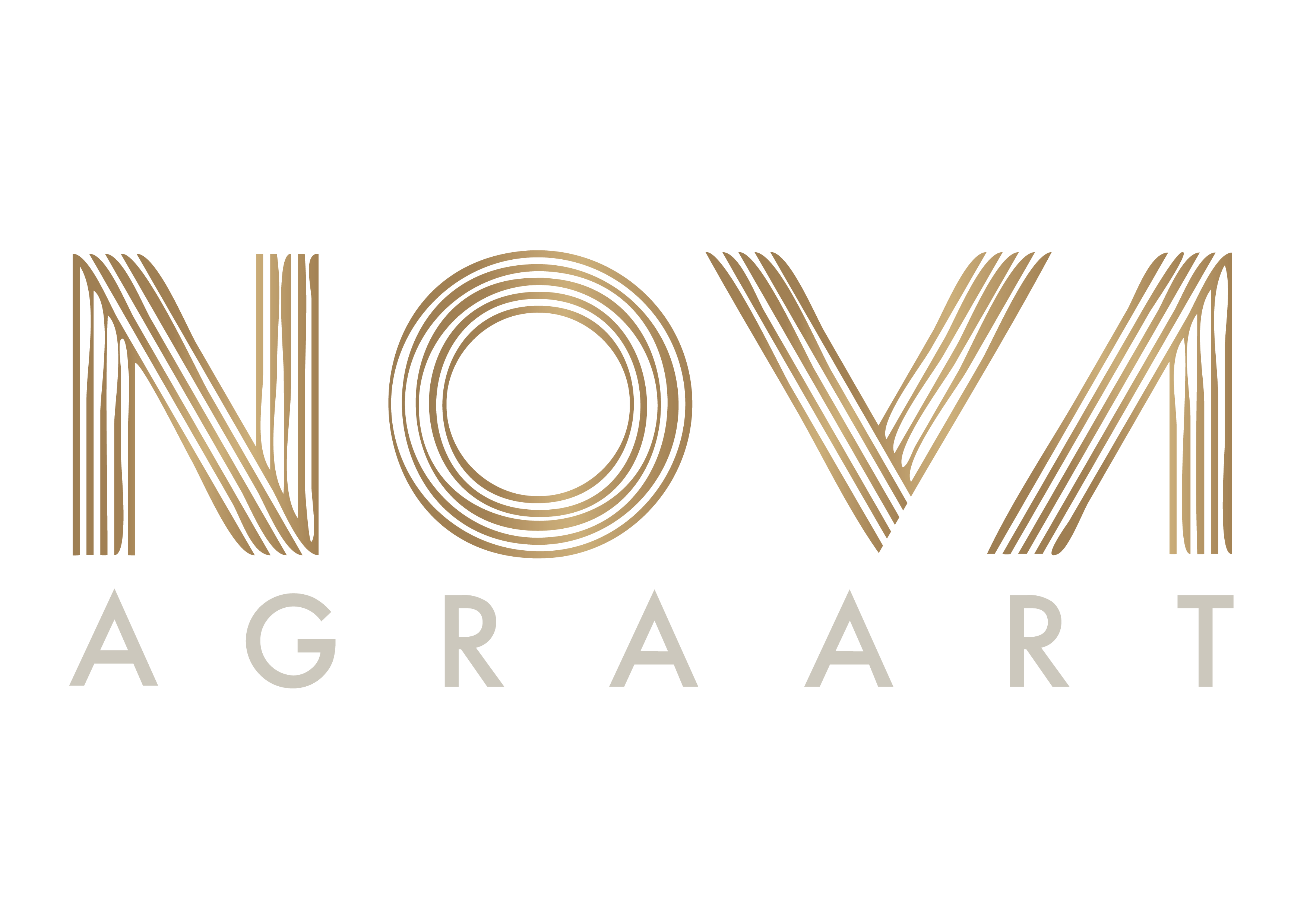
GRAPHICS, OR ART FOR MANY
To start with, a simple example: Jacek Yerka is able to create 8 acrylic paintings in one year. So he will only make 8 collectors happy, while many others would like to have his works. The originals are unique, and because of the prices, not everyone interested in Yerka's work can afford them.
For this reason, especially well-known and recognized artists create graphic editions of their works - that is, series of reproductions of original works. These series have a controlled and limited circulation. The advantage is the price - they are many times cheaper than the original. The disadvantage - lack of uniqueness - each copy of the edition is identical.
GICLEE = INCOGRAPHY = ART PRINT
Giclée (from French to squirt) is the name of a graphic technique that involves a high-quality print of a reproduction of an artist's work. This print should be made based on a high-resolution electronic file of the work.
We often come across the term: giclée is simply a computer print. Theoretically, yes, but…
QUALITY
Giclée, (also called in Poland inkography) are printed on specialist equipment (printer, plotter) using high-quality pigments (paints) that do not fade over time. Special paper is also used for printing, resistant to colour change and absorbing paints. High file resolution used for printing ensures maximum color reproduction.
More information about giclée.
Giclée by Jacek Yerka and Maksymilian Novák-Zemplinski are printed with 8-color HP Vivera ink on Hahnemule German Etching 310g paper. Source files are 300 dpi resolution at 1:1 size to the original.
ARTIST PARTICIPATION
The printer prints, but the Artist supervises and corrects the color consistency with the original work. When creating a new edition, the creator participates in evaluating the test prints and makes corrections to the intensity of the pigment colors in the printing machine or in the source file. This is sometimes a laborious and laborious process, requiring many attempts.
When a new image comes in, a special high-resolution image is taken in the graphic studio with a PhaseOne camera. The digital file is then corrected by the Artist, and the final step is the trial and error process of proofs.
EDITIONS (PRINTS)
Editions and numbering sometimes raise a lot of controversy. In the past, with typical graphic techniques such as lithography or copperplate, the edition and order of works were of great importance due to quality. In the process of printing copies of lithography, the lithographic plate was worn out, so the quality of the first prints was definitely better than those from the end of the edition. Currently, with inkjet prints, the quality of copies is constant, regardless of the numbering and order.
While in the past, numbering was important in terms of quality and this justified the difference in the price of the first prints, today it is mainly used for circulation control and record-keeping.
CIRCULATION AND SIZE
Editions based on the same source image may be repeated, but must be clearly distinguishable from each other. For example, a giclée made from the Desert Island painting has two editions of 9 and 19 copies. One is larger than the other by about 20%. It may therefore happen that we encounter two copies with similar numbering (e.g. 2/9 and 2/19) with the same design, but differing in size.
YERKA, NOVAK-ZEMPLIŃSKI – QPRINT, AGRA-ART
Since 2008, Agra-Art has represented Jacek Yerka on an exclusive basis. This also applies to the creation and sale of graphic editions. Since 2020, Maksymilian Novák-Zempliński has also joined us in the field of creating and distributing graphics..
Giclée and certificates are printed by a graphic studio Qprint, which also maintains records using its own computer system. Since 2020, Qprint has also been taking specialist photos of original images to use for graphic editing. Using specialist software, each copy of the graphic has a unique code, certificate and hologram (identical on the work and the certificate). More about certificates (Qprint).
Jacek Yerka's giclées are hand-signed by the author, who also hand-writes the title, copy number and edition on the unprinted part.
![]()
JACEK YERKA – HISTORICAL AND CURRENT EDITIONS
The beginning of giclée creation is closely connected with the development of inkjet printing technology, i.e. it falls in the 90s of the 20th century. Jacek Yerka, after returning from the USA at the beginning of the decade 1990, began his first experiments with artistic printing techniques, perfecting the execution and the method of edition control over the following years.
The following editions of graphics authorized by Jacek Yerka are available on the market:
-
- offset graphics (including Don't slam the door, Paradise in the yard), signed in pencil, edition of 275 copies,
- 2 posters (based on Attack in the morning and Cowan City) in an edition of 500 copies (some signed). The posters were distributed in the USA by the Morpheus gallery from Nevada,
- first edition giclée 9 pieces – signed and titled, without assigned certificates,
- giclée edition of 19 pieces – signed and titled, with certificates and holograms, printed by Qprint,
- giclée edition of 50 pieces – signed and titled, with certificates and holograms, printed by Qprint (different designs than edition 19). This edition can be recognized by the size of the shorter side – it should be 54 cm,
- giclée edition of 50 “supersized” (designs exhausted by previous editions: Bibliotama, Erozja) – signed and titled, with certificates and holograms, printed by Qprint. Shorter side dimension: 66 cm;
M. NOVAK-ZEMPLIŃSKI – EDITIONS
- Currently available are editions in a print run of 19 printed in 2020.
TOMASZ KOSTECKI – EDITIONS
- Currently available are editions in a print run of 50, printed in 2022.

